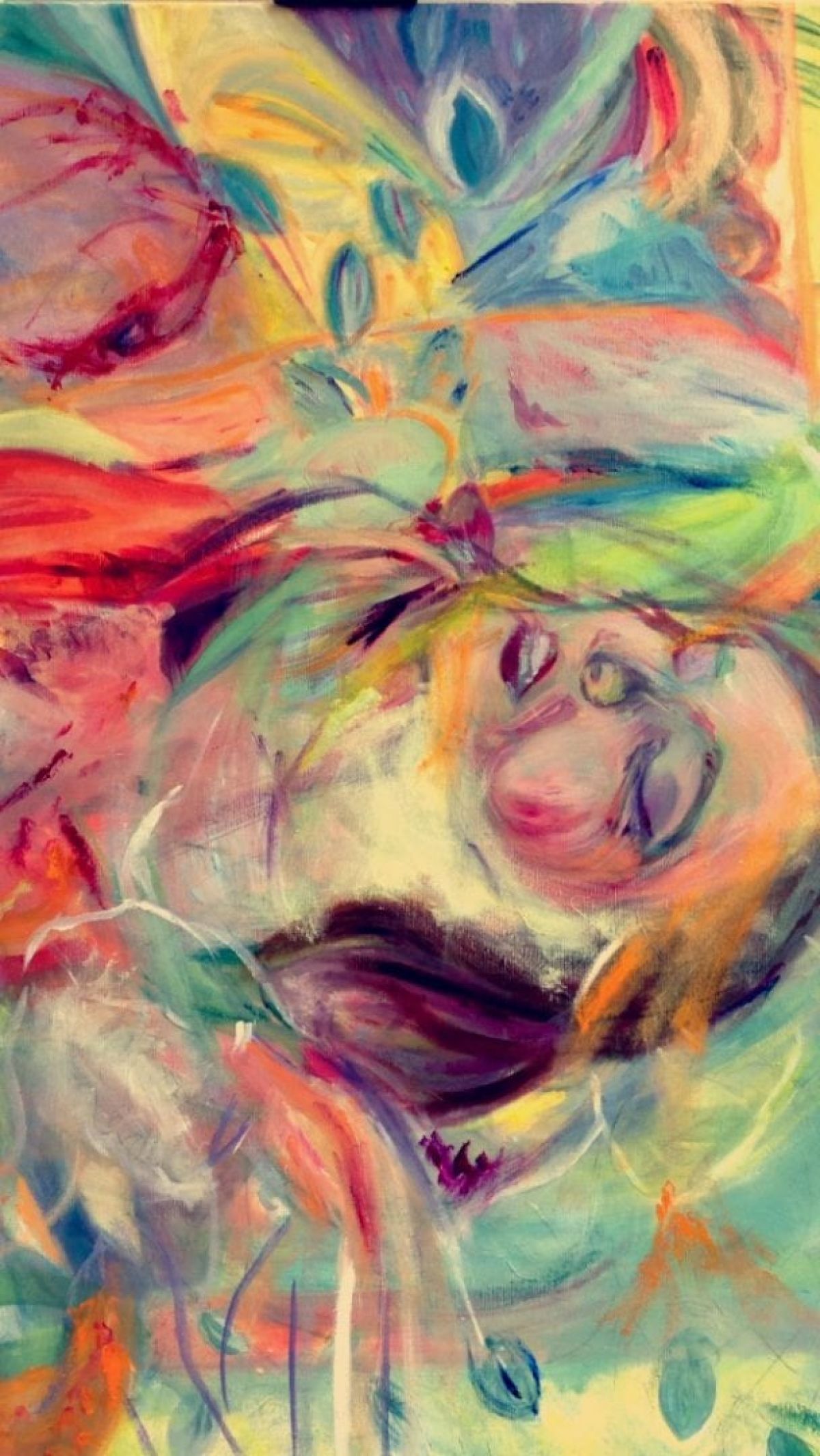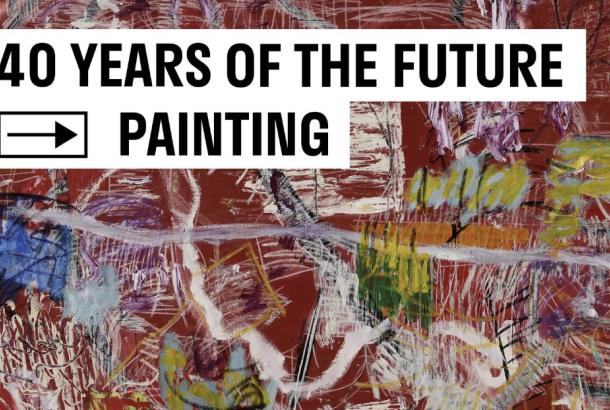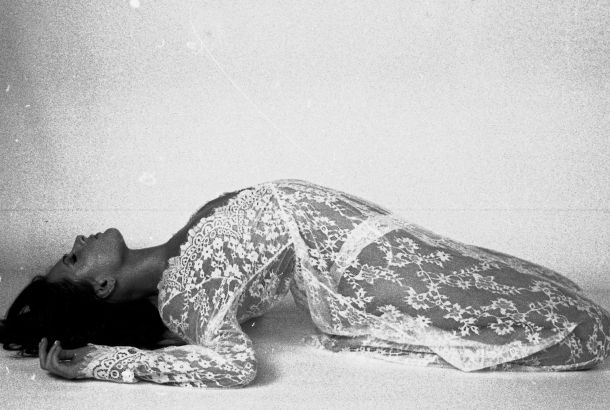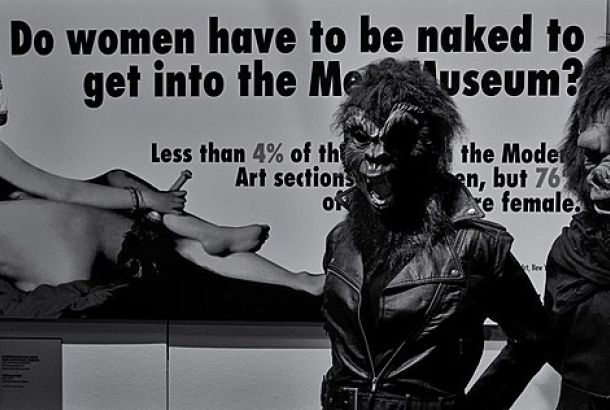Writing ‘The Female Sex (Education)’

‘The Female Sex (Education)’ or ‘@the.f.sex’, on Instagram, is an educative platform which presents a discourse on the female sex, female sexuality, and the female body.
Focusing on the importance of satisfying female sexual pleasure, the Instagram page disturbs the relation between female sexual pleasure and the meaning of shame that is imposed onto this pleasure by societal/power structures. @the.f.sex also aims to provide both females and males with an awareness of the complexity of sexually arousing/pleasuring a woman.
@the.f.sex disturbs particular phallocentric discourses, such as those of the 18th-and-19th centuries, which idealise female sexual purity (virginity) and attempt to reduce female sexuality to a reproductive function. The power operative within this idealisation is a patriarchal desire/demand to subjugate and debilitate the type of sexual pleasure which can be defined as ‘feminine’. This type of discourse has a major function: to stabilise the patriarchal principle of male domination over the female.
Negative definitions of female sexuality have been produced through the use of terms such as ‘pathology’, ‘hysteria’, ‘mental illness’, ‘whoredom’, ‘sin’, ‘abjection’ and ‘impurity’. Thus, shame is not a constituent property of female sexuality itself; shame is instead imposed onto female sexuality by these discourses. This signifies the phallocentric desire for the debilitation of female sexual pleasure and an attempt to condition females’ consciousnesses to associate their own sexual bodies with shame and to repress their own sexual pleasure.

At present, females are still subject to phallocentric cultural statements which define them as ‘sluts’. Defining females as ‘sluts’ is a phallocentric vehicle through which shame can be imposed onto female sexuality and through which a female is negatively judged for her sexuality. Thus, it is problematic when a woman defines another woman as a ‘slut’; it is a continuation of the male ideals which produce the relation between female sexuality and shame.
@the.f.sex presents images of female erogenous zones and problematises why a female revealing erogenous bodily zones, and why her receiving of sexual pleasure, culturally signifies shame or presents her negatively as a ‘slut’. Female participation in, and the enjoyment of, sexual pleasure is not shameful. Where sex produces pleasure, wellbeing and confidence, this emphasises how having fulfilling and pleasurable sex as a woman is a drive towards feminism: the non-subjugation and liberation of women. Consequently, @the.f.sex manifests itself as a feminist drive against the suppression and repression of female sexuality.
@the.f.sex raises awareness of the variations between the shapes of women’s vulvas, particularly the shapes of the labia. Patriarchal desire persistently negates and distorts the image of the female sexual body. ‘Sex education’ schemes and institutions present ‘conventional’ images of the vulva to young girls. These images usually negate the labia and present the female genitalia as having a similar image to the cultural representation of the female genitalia of a Barbie doll’s; that is, smoothed over, smudged out, negated. This implies that the image or presence of a woman’s vulva, and particularly her inner labia, is too obscene, too shameful and so has to be concealed. These cultural representations of the vulva imply to women that the presence of their own inner labia are not normal. This is perennially damaging for a woman’s mental relationship with her body/genitalia.
There is a lack of educative sexual information presented to males and females concerning sex for the sake of female pleasure, as well as a lack of information about the variations between what females’ sexual bodies look like and the variations between females’ sexual responses.
@the.f.sex redefines ‘sex’ as acts that sexually arouse and pleasure — it challenges assumptions that penetrating the vagina will directly lead to female orgasm. Since females’ orgasms are usually more elusive than males’, many women cannot orgasm through vaginal penetration alone. Even if a female can reach orgasm more easily from penetration, if she is not aroused sufficiently prior to, or in more ways than only, physical penetration, she will not feel as physically indulged than if she had been and might experience an orgasm of lesser intensity.
@the.f.sex questions why a female should feel embarrassed to assert that she likes something different to what their partner is giving, and that she wants her particular own desires for pleasure fulfilled. Sex is a desire to receive, as well as give, pleasure. Why have some females become too afraid or uncomfortable to reassert this?
This article is a guest submission from Izzy Rooke-Ley.







